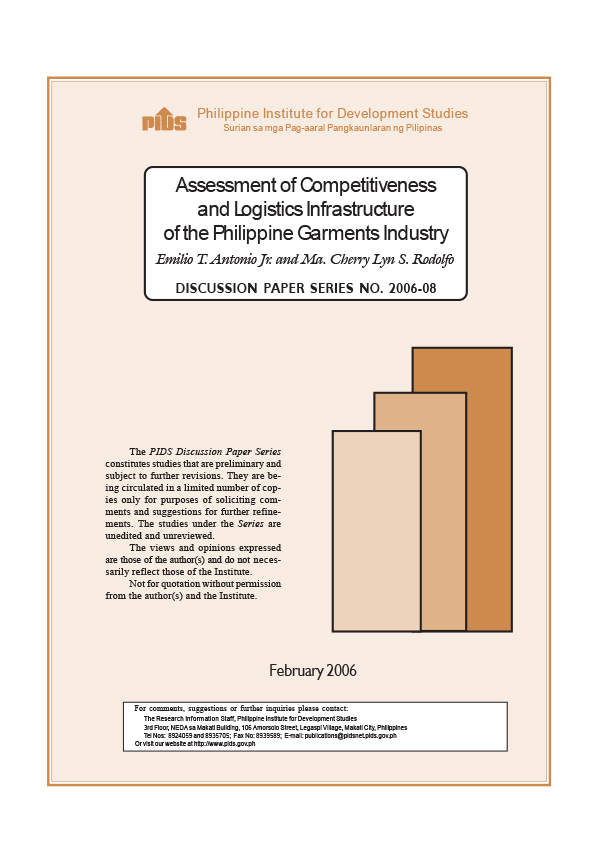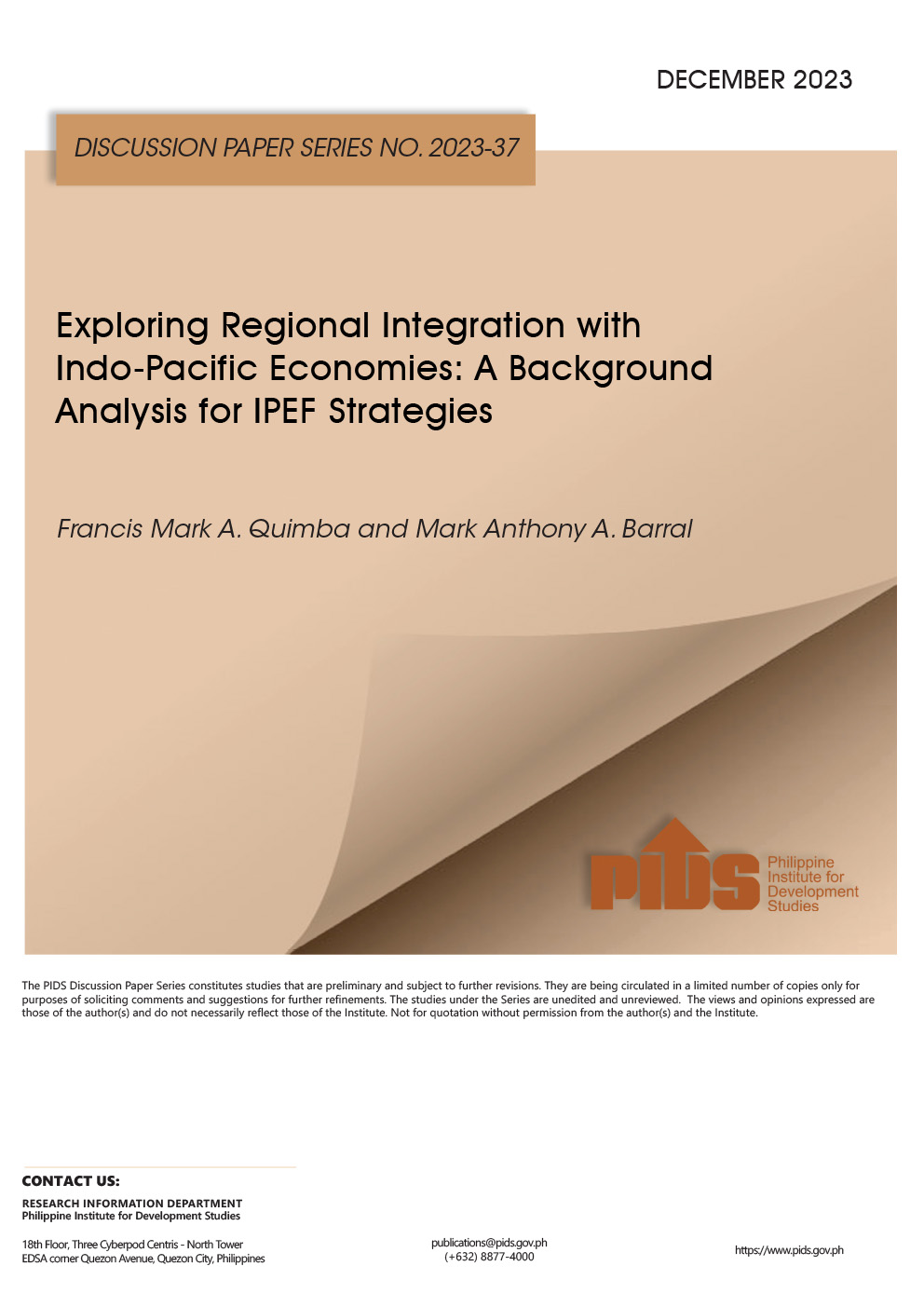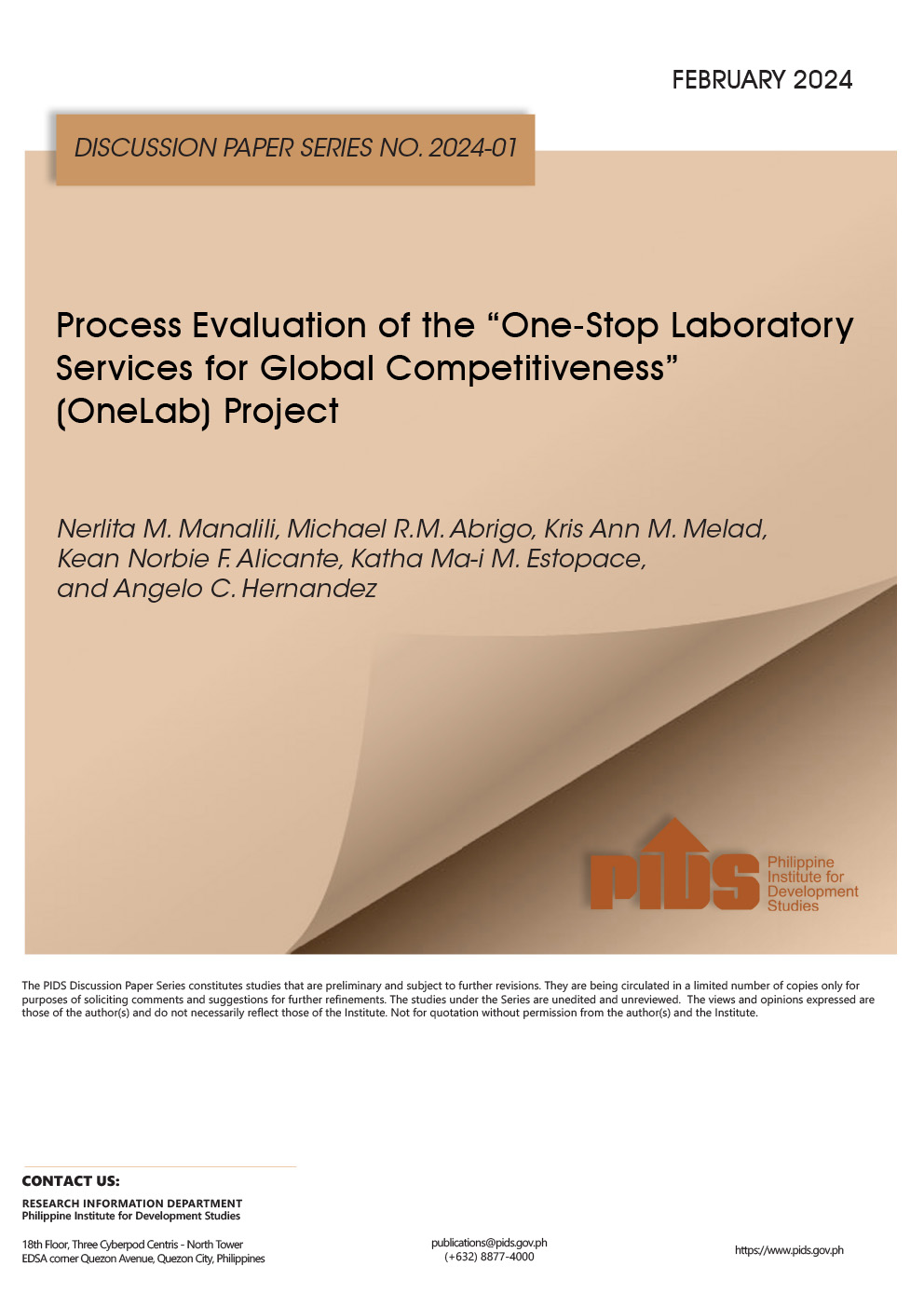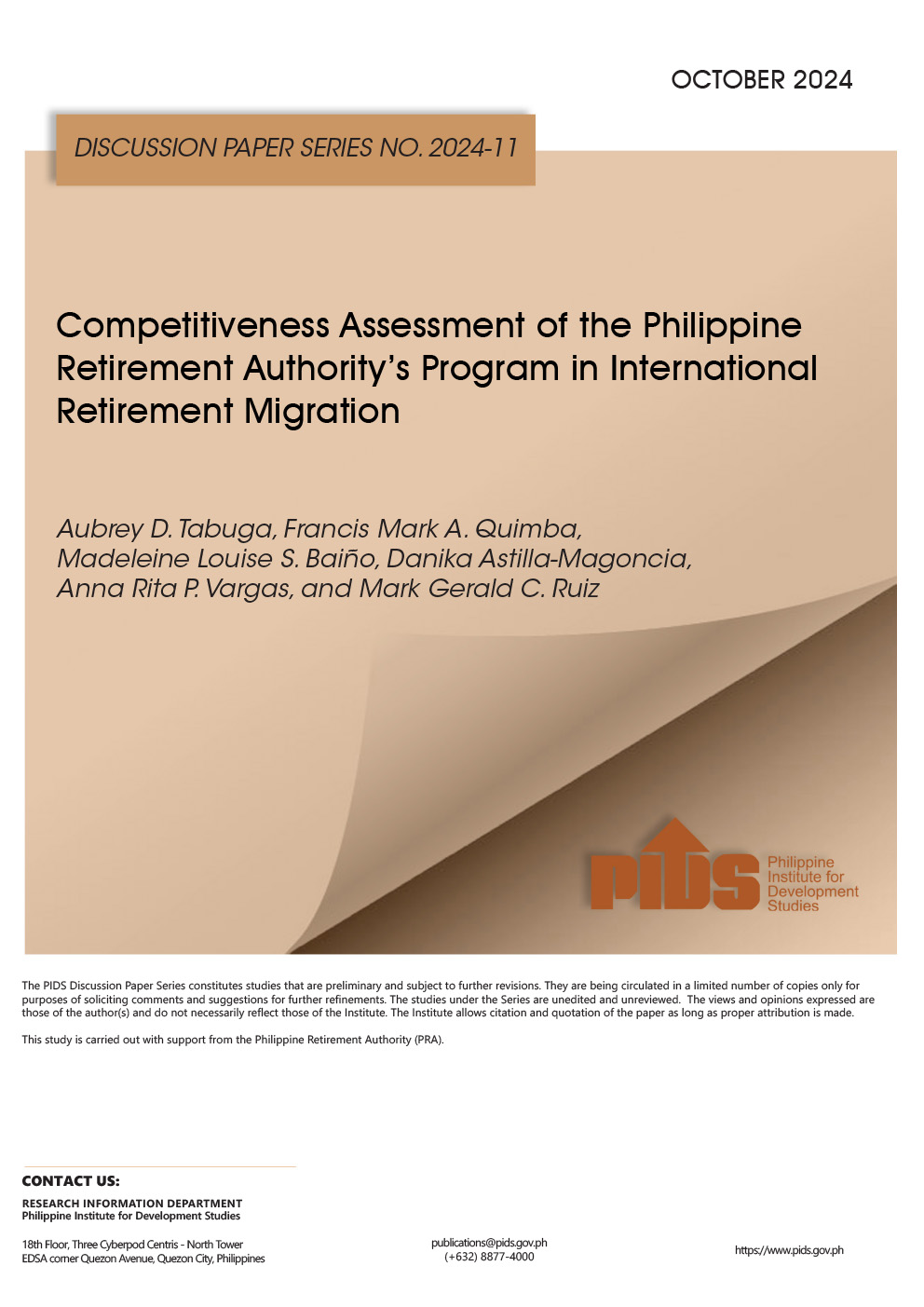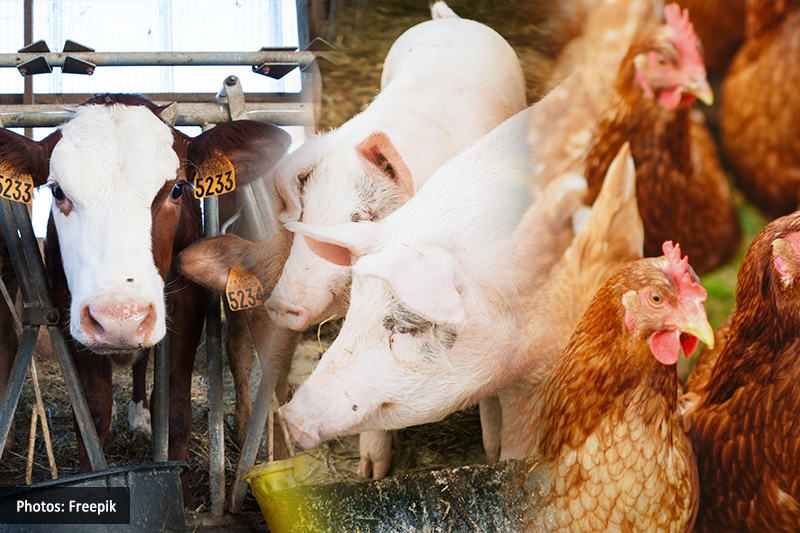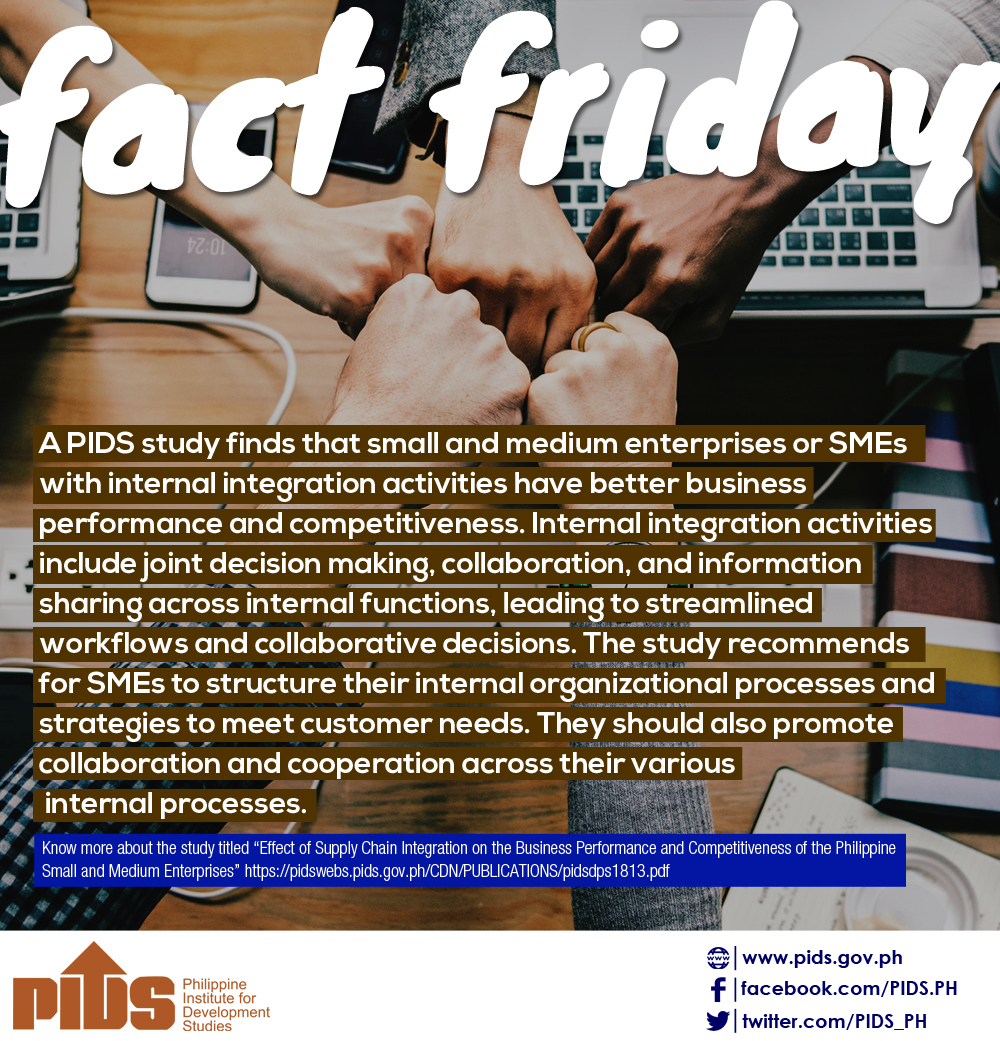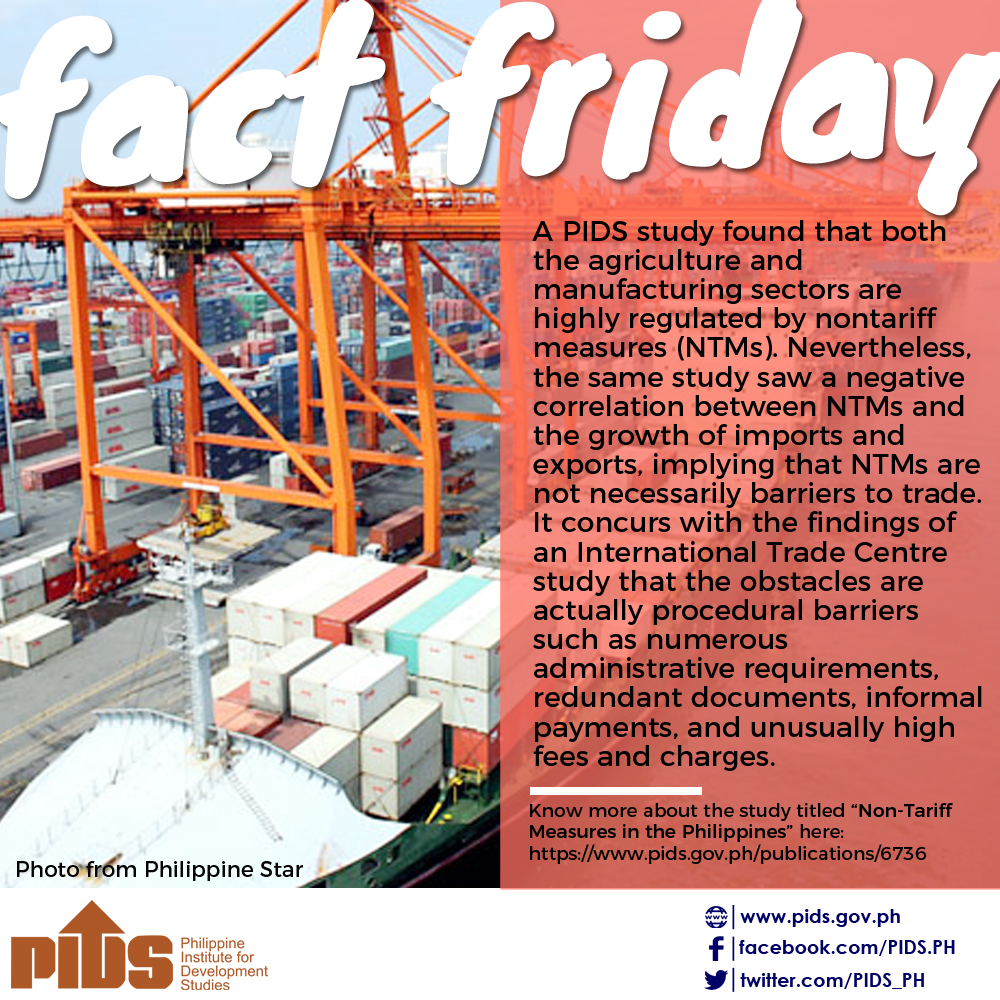The paper discusses the state of the Philippine garments industry, with specific focus on its competitiveness and logistics infrastructure, and how the industry can make use of the prospective Free Trade Agreement with the US. With the signing of the Agreement on Textiles and Clothing on January 1, 2005 which called for the removal of all quotas over a 10-year phase-out period, textiles and apparels had been integrated into the mainstream of trade. The question, therefore, is how the Philippines should position itself into this new era of trade in garments. For the Philippines to compete, the industry needs to move up in the value chain, significantly improve its supply chain and seek preferential access to the US. Consolidation of resources among firms and investments generation for productivity enhancement are greatly needed. An FTA can likely increase the Philippines’ competitiveness in the US market but the long-term solutions should be focused on industrial upgrading. Logistics must be improved and investments on physical and human capital must be made to improve the clustering programs between garments producers and textile firms.

